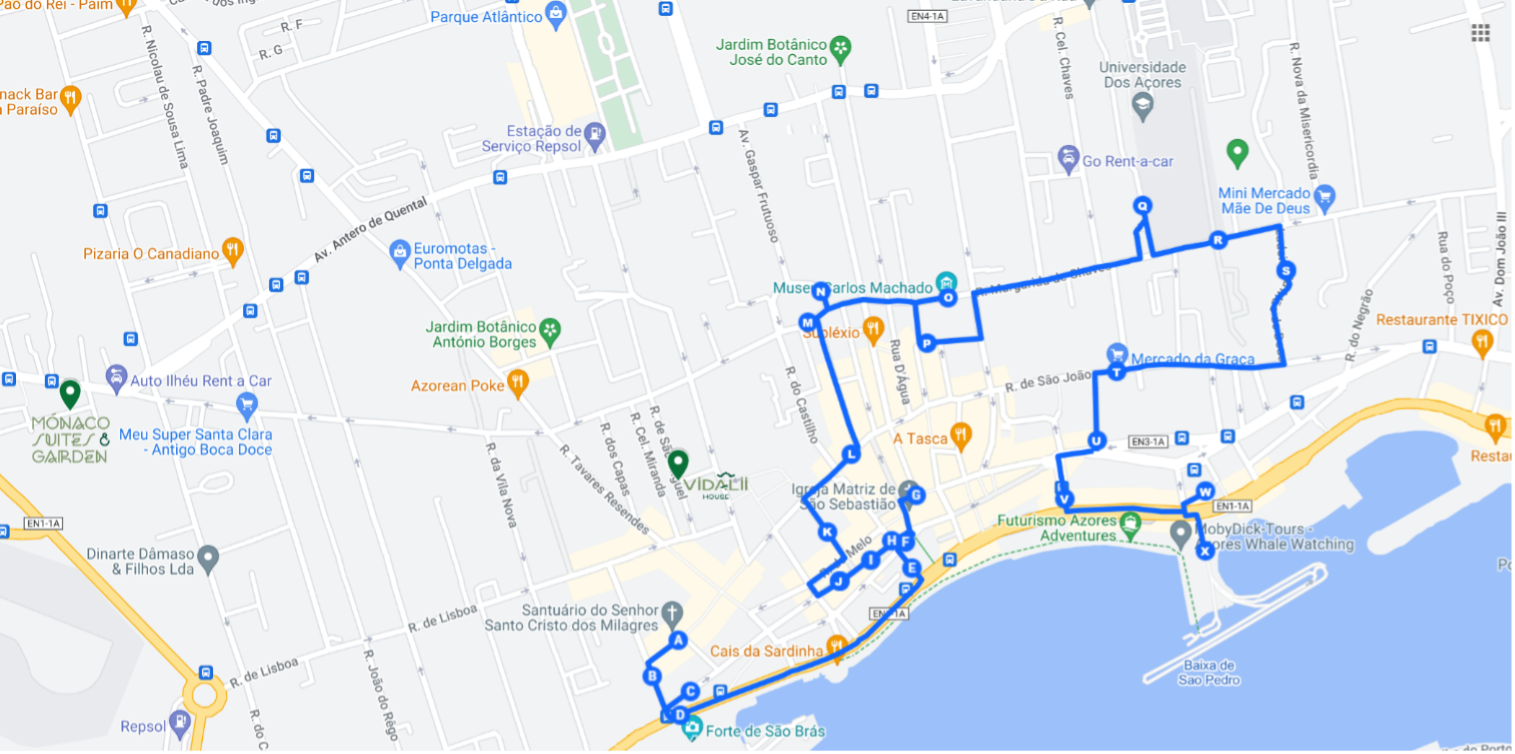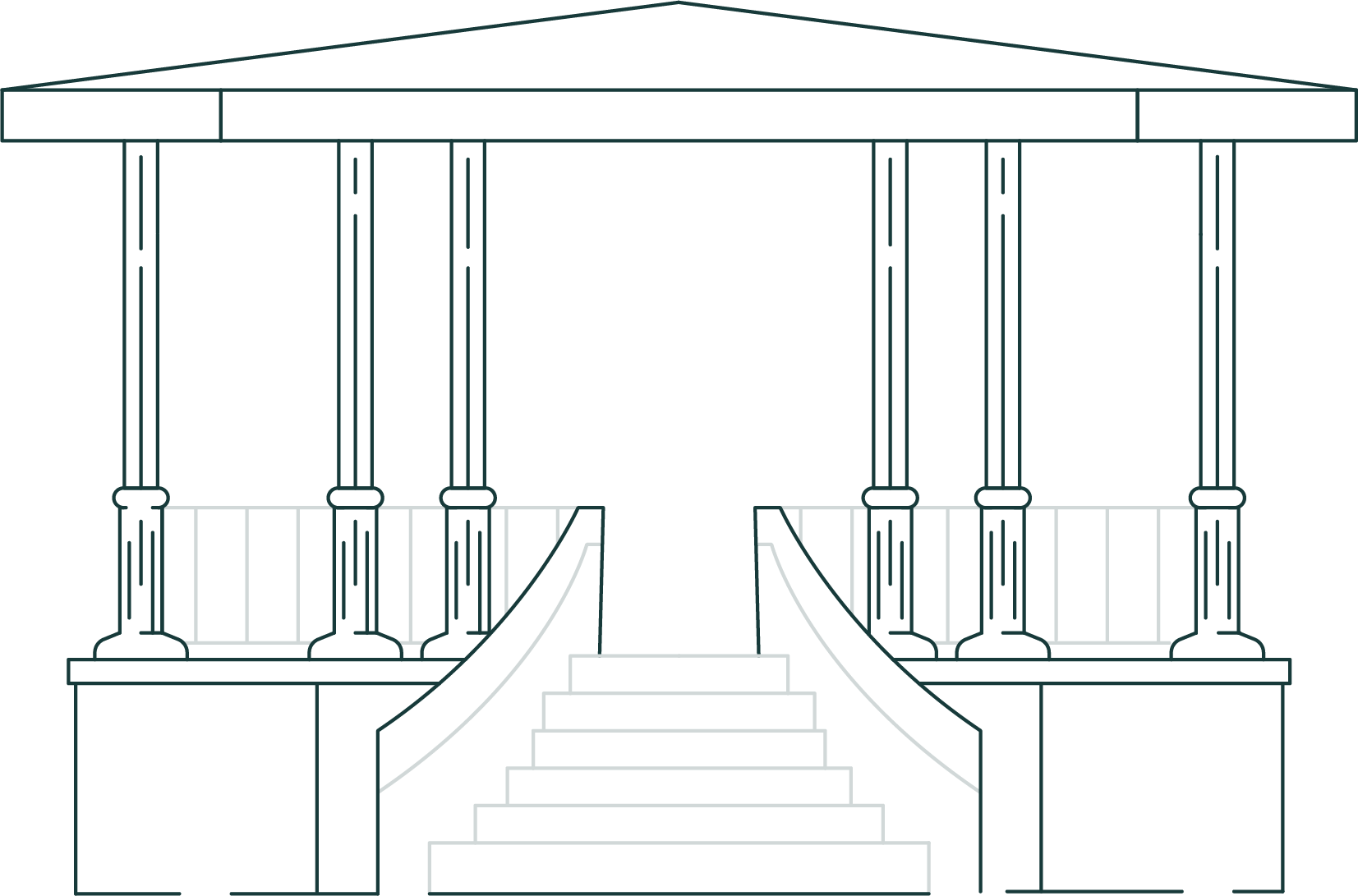Azores archipelago
Each island has its own charm, unique features and beauty, making the Azores a diverse and fascinating destination. They all have in common the blue of the sea and the green of nature and are known for their stunning landscapes, volcanoes, craters, lakes, green meadows, vineyards and rich marine life. They are also known for their outdoor activities, such as hiking in breathtaking landscapes, whale watching and diving in the deep blue, and rural tourism that allows you to relive cultural practices and traditions.
Experiences that transform your visit to the Azores into an opportunity to deeply connect with nature in an environment that still preserves its authentic beauty.
Find out more: https://www.visitazores.com/os-acores
São Miguel Island
The colonization of the island began in the 15th century, shortly after the discovery of the archipelago by Portuguese navigators. The culture of São Miguel is rich and diverse, reflecting centuries of history and influence from different peoples and cultures.
São Miguel is an island that offers a unique combination of natural beauty, historical and cultural richness, and warm hospitality. Whether you want to explore its stunning landscapes, relax in its thermal waters or immerse yourself in its vibrant culture, São Miguel is an unforgettable destination that captivates all its visitors.
Find out more: https://www.visitazores.com/os-acores/sao-miguel
Municipality of Ponta Delgada
Nestled around a natural bay, the city of Ponta Delgada has a rich history and built heritage, such as convents and fortresses, which reflect the city's rich cultural heritage. Furthermore, it is the gateway to the natural wonders of São Miguel.
Known for its relaxed pace of life, welcoming community and stunning scenery, Ponta Delgada offers a blend of modern amenities and historic charm, making it an essential cultural and economic hub for the Azores.
Find out more: https://www.visitpontadelgada.pt/
What to do in a day in the center of Ponta Delgada
Starting your walk at Campo de S. Francisco, you will be able to see to the north the Church and Convent of Nossa Senhora da Esperança, where the image of Senhor Santo Cristo dos Milagres is located, which is venerated in the biggest religious festivals of the Azores, held in May; to the west the Church of São José and the Old Hospital of São José (now a hotel) and to the south the imposing Fort of São Brás, where the Military Museum of the Azores is located.
Following the marginal avenue you will have a view of the Port of Ponta Delgada on your right as you head towards Gonçalo Velho Cabral Square where the emblematic City Gates are located. Located next to the City Gates, you will have the São Sebastião Parish Church to the northwest and the Ponta Delgada City Hall to the northeast, where you can climb the bell tower and have a view of the city center from above.
Entering the streets of the city center you can visit the Hebrew Museum and the Sahar Hassamaim Synagogue, then continue along Machado dos Santos Street, one of the main areas of traditional commerce in Ponta Delgada where you can visit the Chapel of São Brás and Santa Luzia.
Heading towards Antero de Quental Garden, you will find, located next to it, the Church of the Jesuit College (Sacred Art Center of the Carlos Machado Museum). If you continue on the same street you will find two other branches of the Carlos Machado Museum, the Santa Bárbara branch and the Santo André branch.
Following your circuit, you will walk to the Garden of the University of the Azores, where the largest university center in the Azores is located, and then head towards the Alto and Ermida da Mãe de Deus, where, as you walk through the garden around the Ermida, you can have a wide view of the city.
Then you can start heading down towards the sea stopping to visit the local market called Mercado da Graça, where you will find local products and producers, and the Convent of Nossa Senhora da Graça currently called the Academy of Arts from Azores.
Continuing with a view of the sea, you can enjoy a shopping center with several stores, services and dining spaces, the Sol Mar Avenida Center. Following Marginal Avenue you will find the church of São Pedro.
When crossing Marginal Avenue you will arrive at Portas do Mar where you will find a cruise terminal and a marina, as well as public facilities, such as the Portas do Mar natural pool, underground parking and amphitheater and a commercial space with restaurants and shops.
Although it’s not included in this tour of the city center of Ponta Delgada, we cannot fail to suggest that you visit the Parque Atlântico shopping center, the António Borges Botanical Garden, the Palácio de Sant’Ana Garden and the José do Canto Botanical Garden. Just like the Augusto Arruda Pineapple Plantation in Fajã de Baixo or the Azores Pineapple Plantation in Laranjeiras, right next to the Parque Século XXI.
You can also visit the Municipal Cultural Center where you can admire art exhibitions and watch cultural shows at the renovated Coliseu Micaelense or the well-preserved Teatro Micaelense.
A. Campo de São Francisco
B. Sanctuary of the Lord Holy Christ of Miracles
C. Church of Saint Joseph
D. Campo de São Francisco
E. Fort of São Brás
F. Gonçalo Velho Cabral Square
G. City Gates
H. Main Church of Saint Sebastian
I. Ponta Delgada City Hall
J. Bell Tower of Ponta Delgada City Hall
K. Sahar Hassamain Synagogue
L. Chapel of São Brás
M. Antero de Quental Garden
N. Jesuit College Church (Church of All Saints)
O. Santo André Museum Nucleus
P. Santa Bárbara Museum Nucleus
Q. University of the Azores Garden
R. Duque de Bragança Promenade (Relvão)
S. Chapel of Nossa Senhora da Mãe de Deus
T. Graça Market
U. Convent of Our Lady of Grace / Azores Arts Academy
V. Solmar Avenida Center
W. Church of Saint Peter
X. Portas do Mar Multipurpose Pavilion


Pineapple Greenhouses

São José Choir

City Gates

